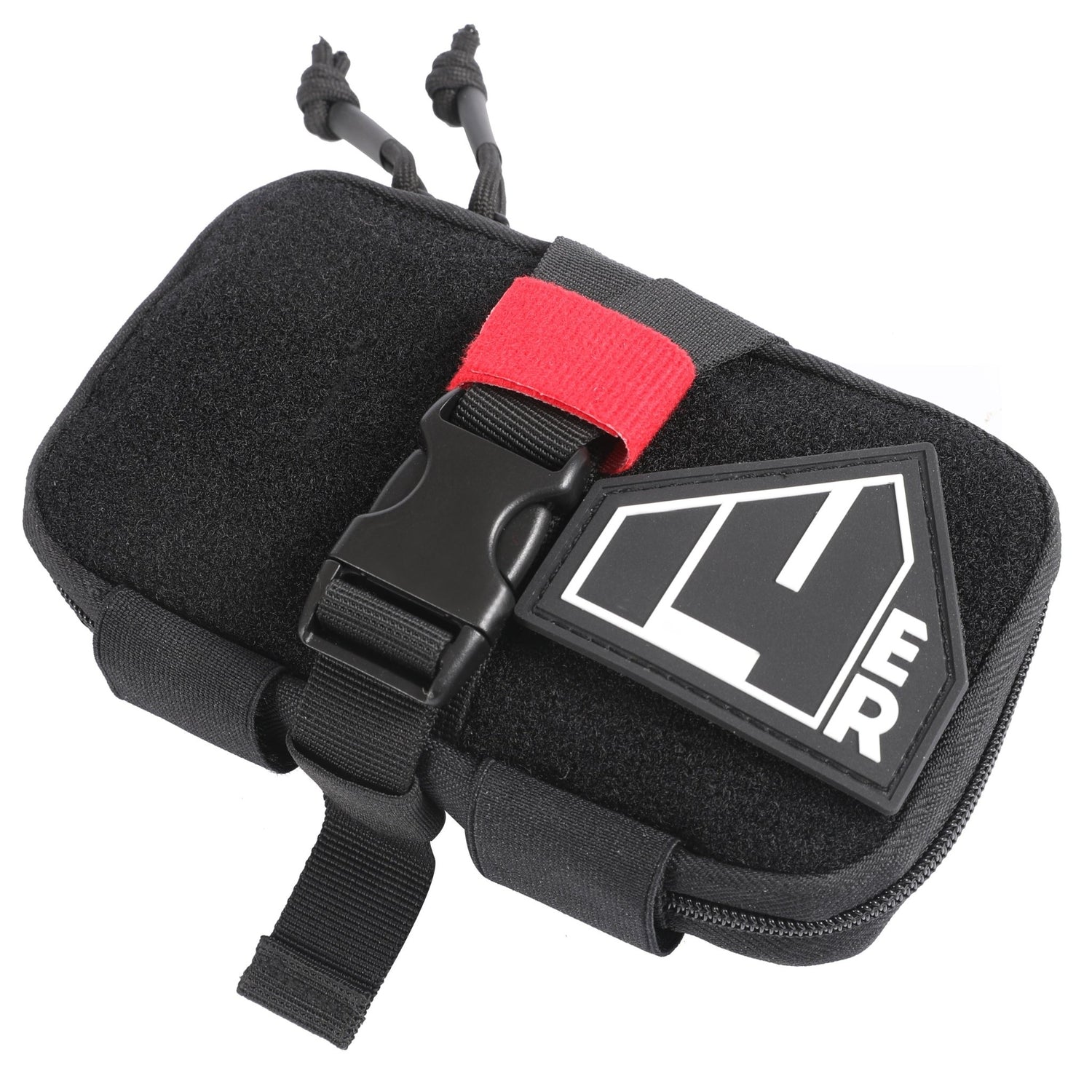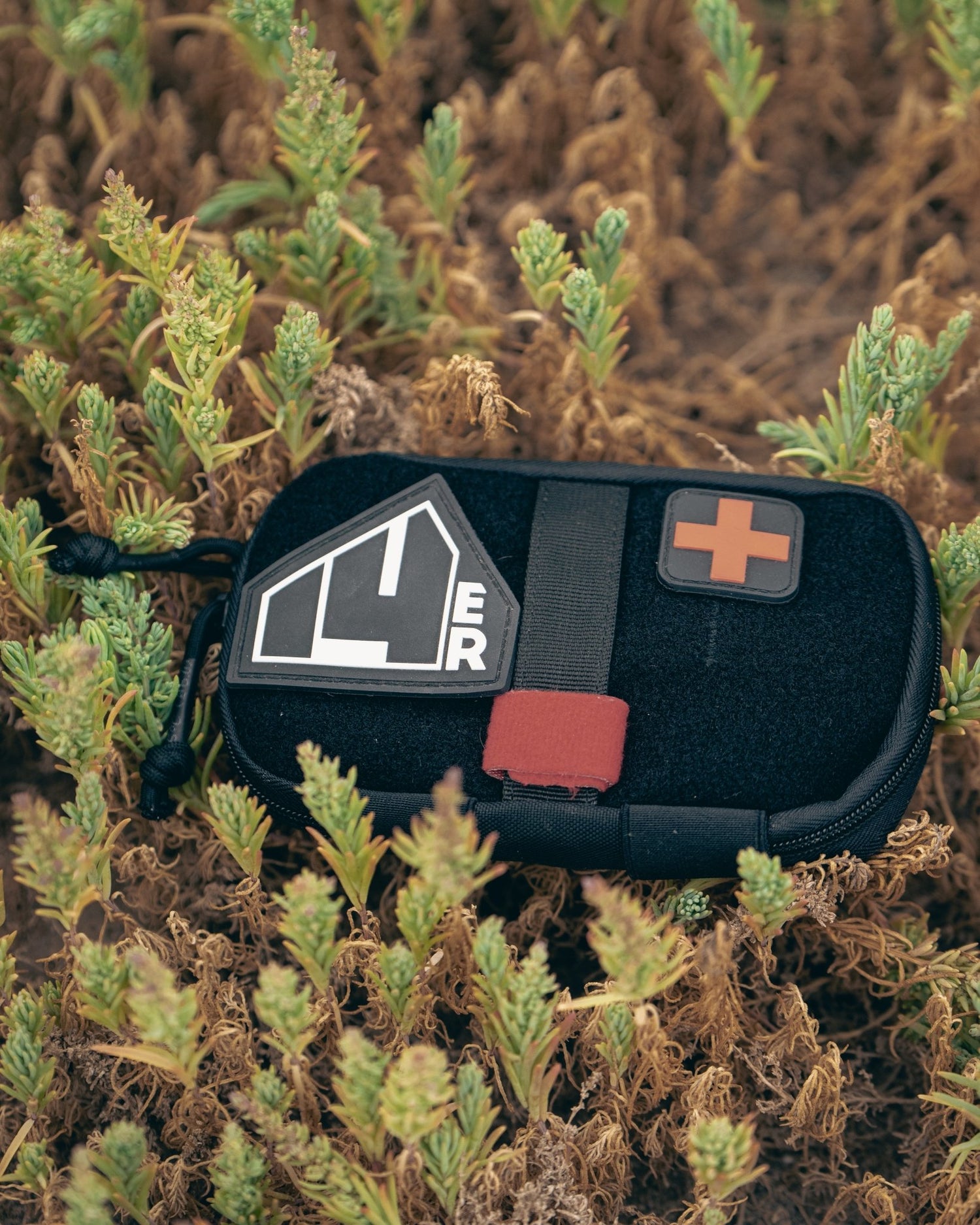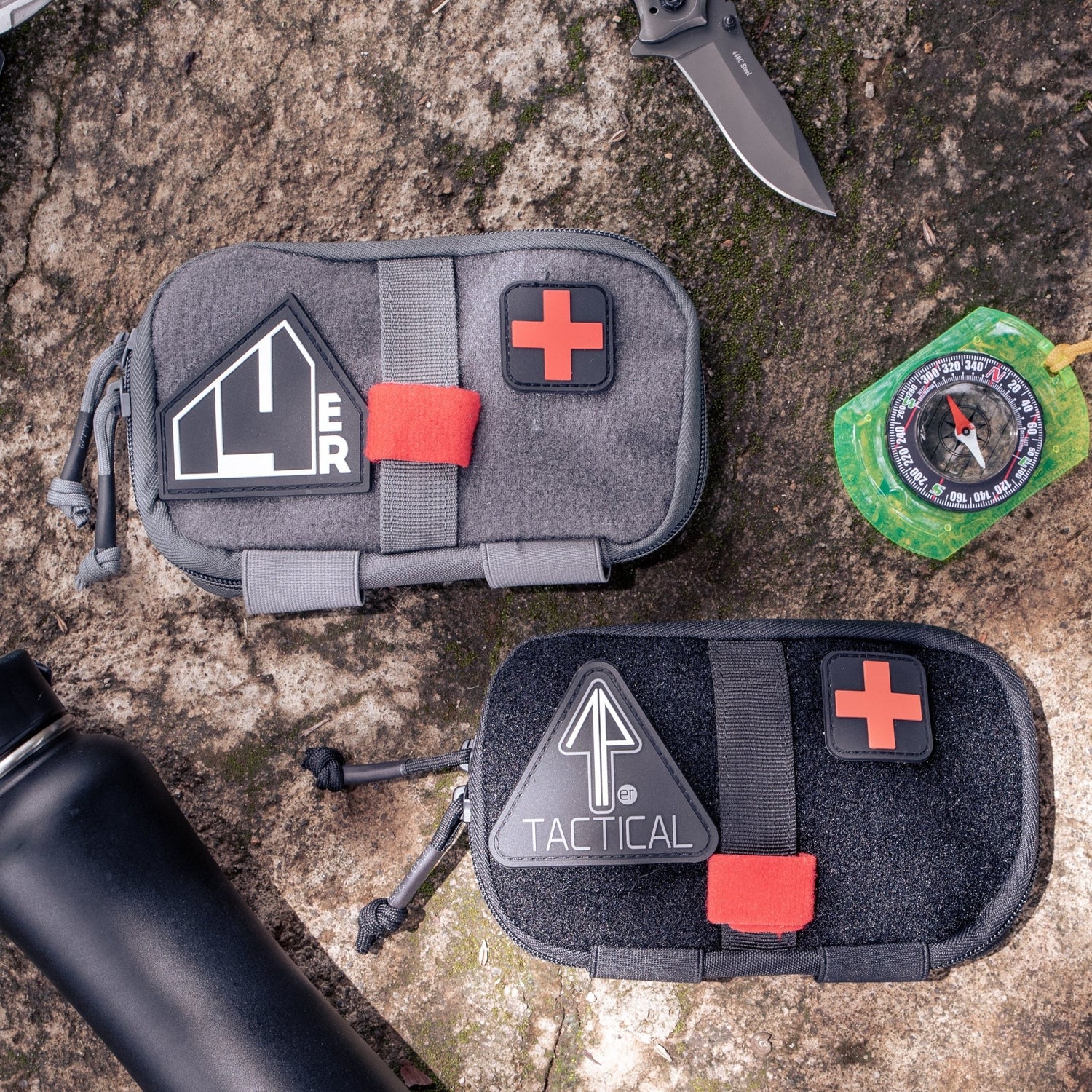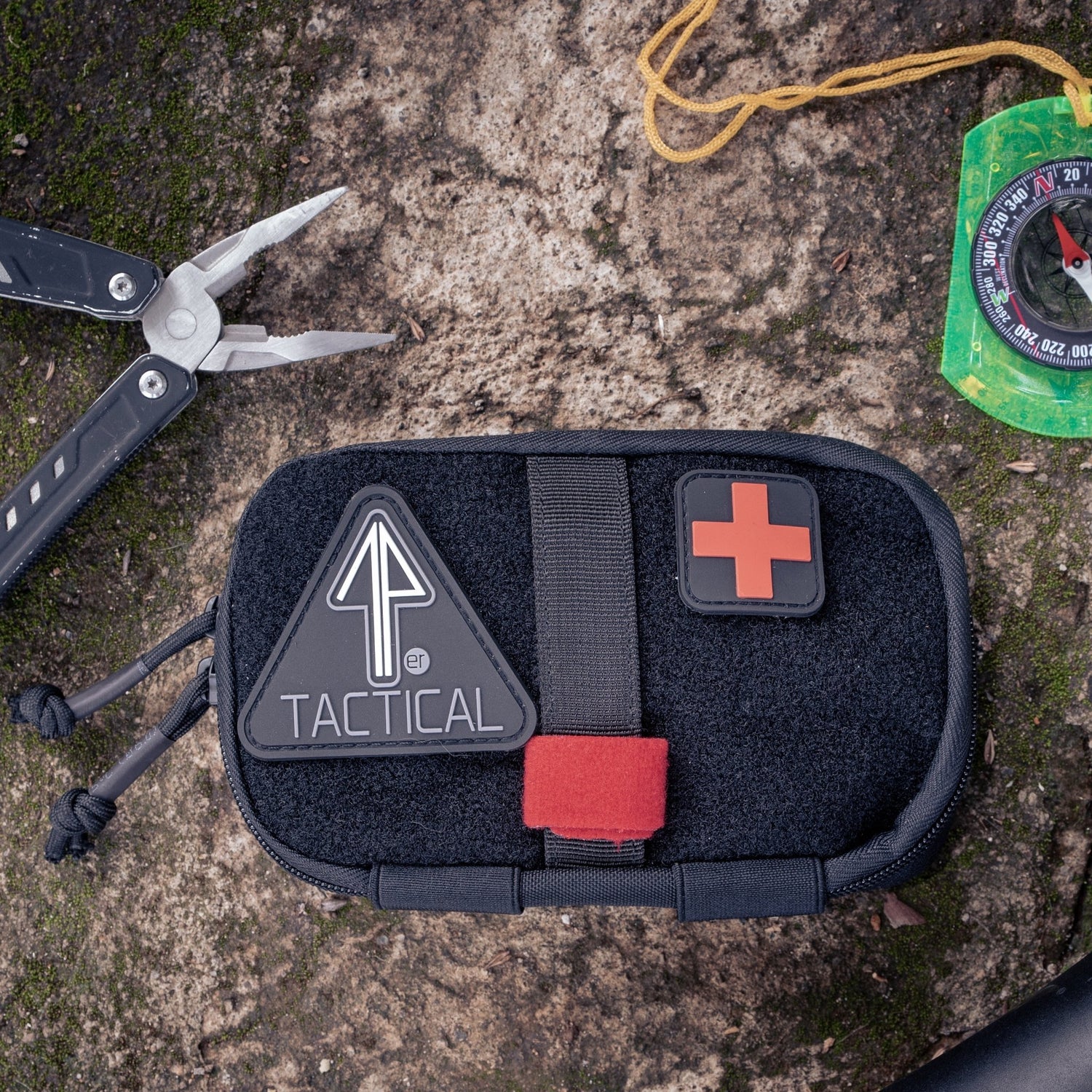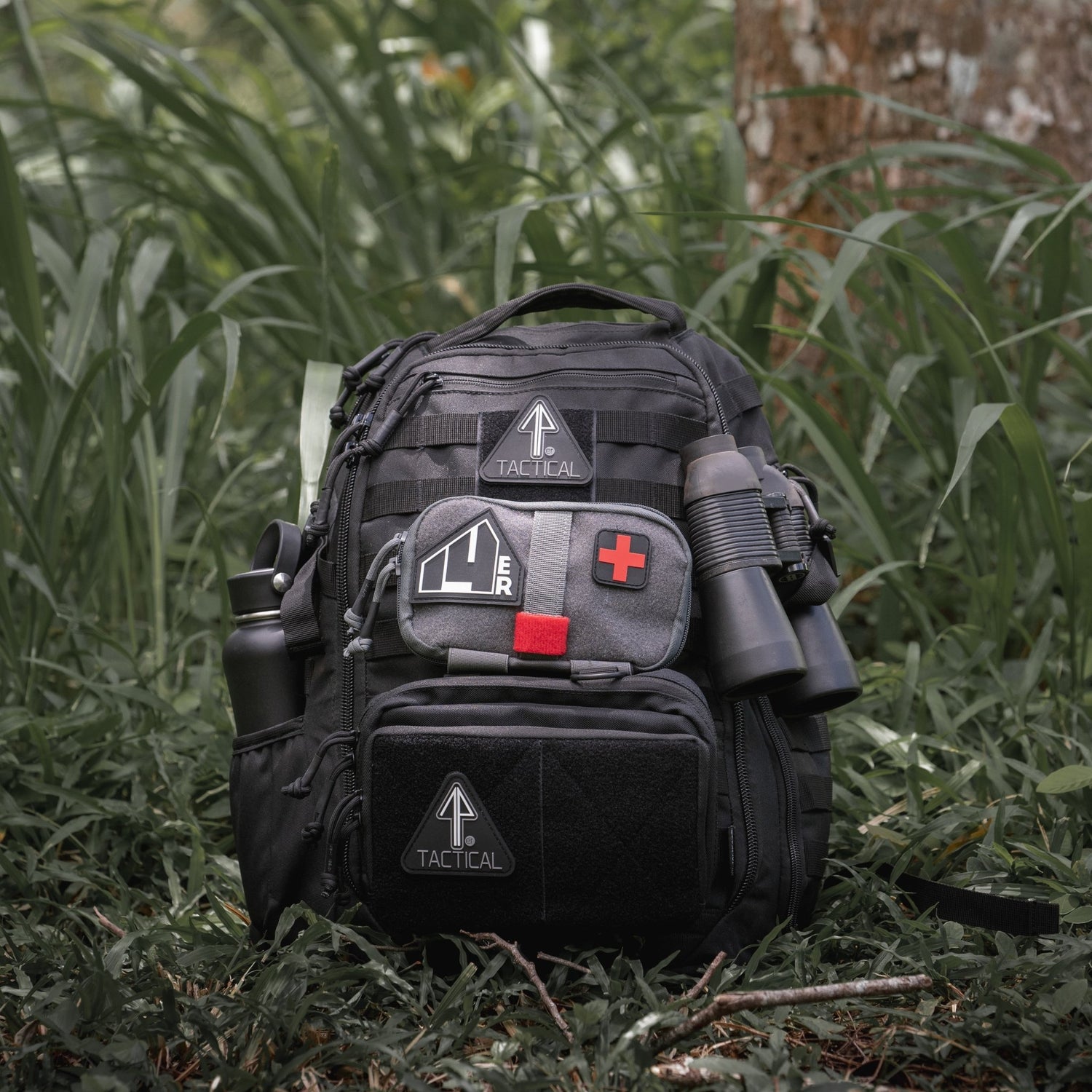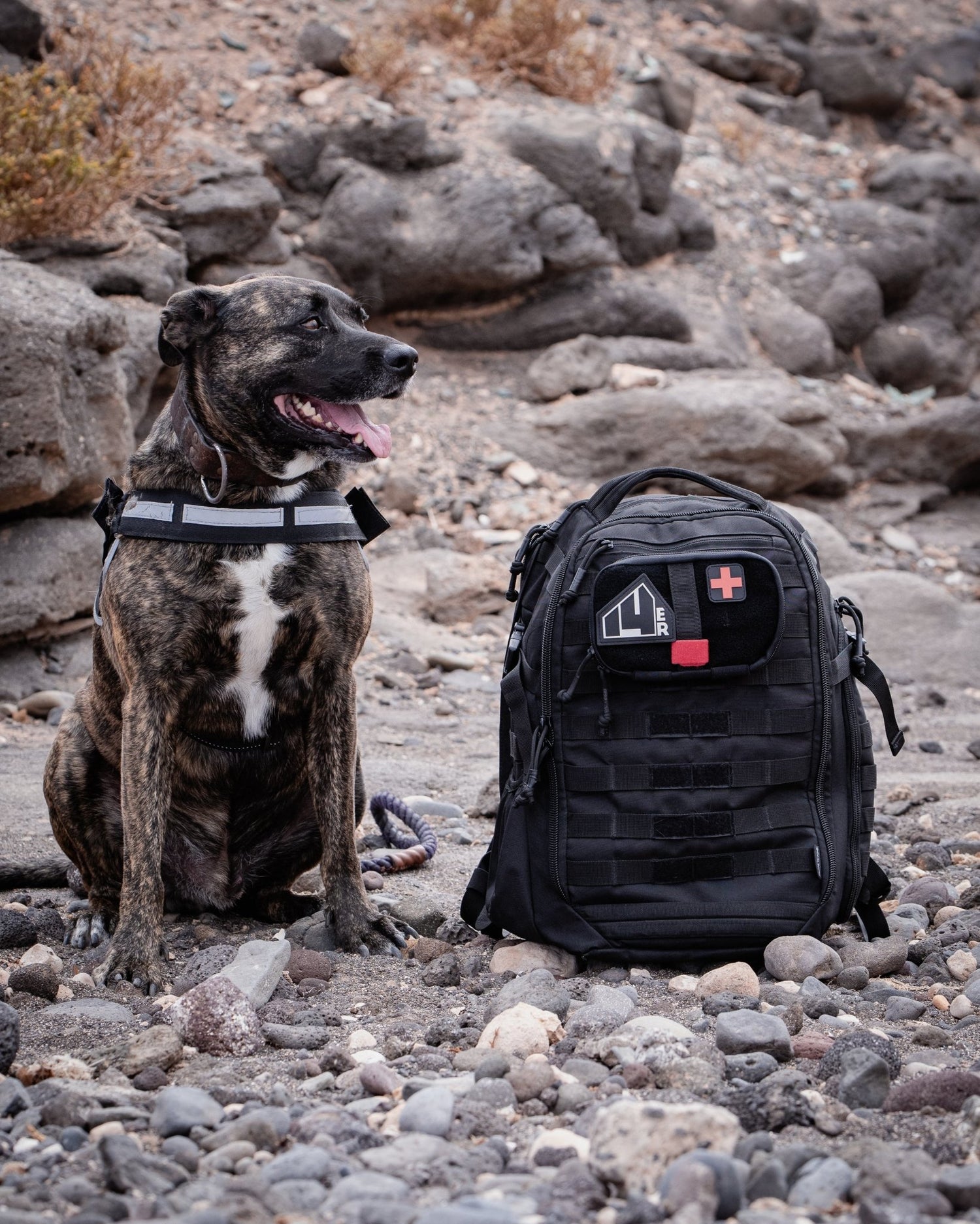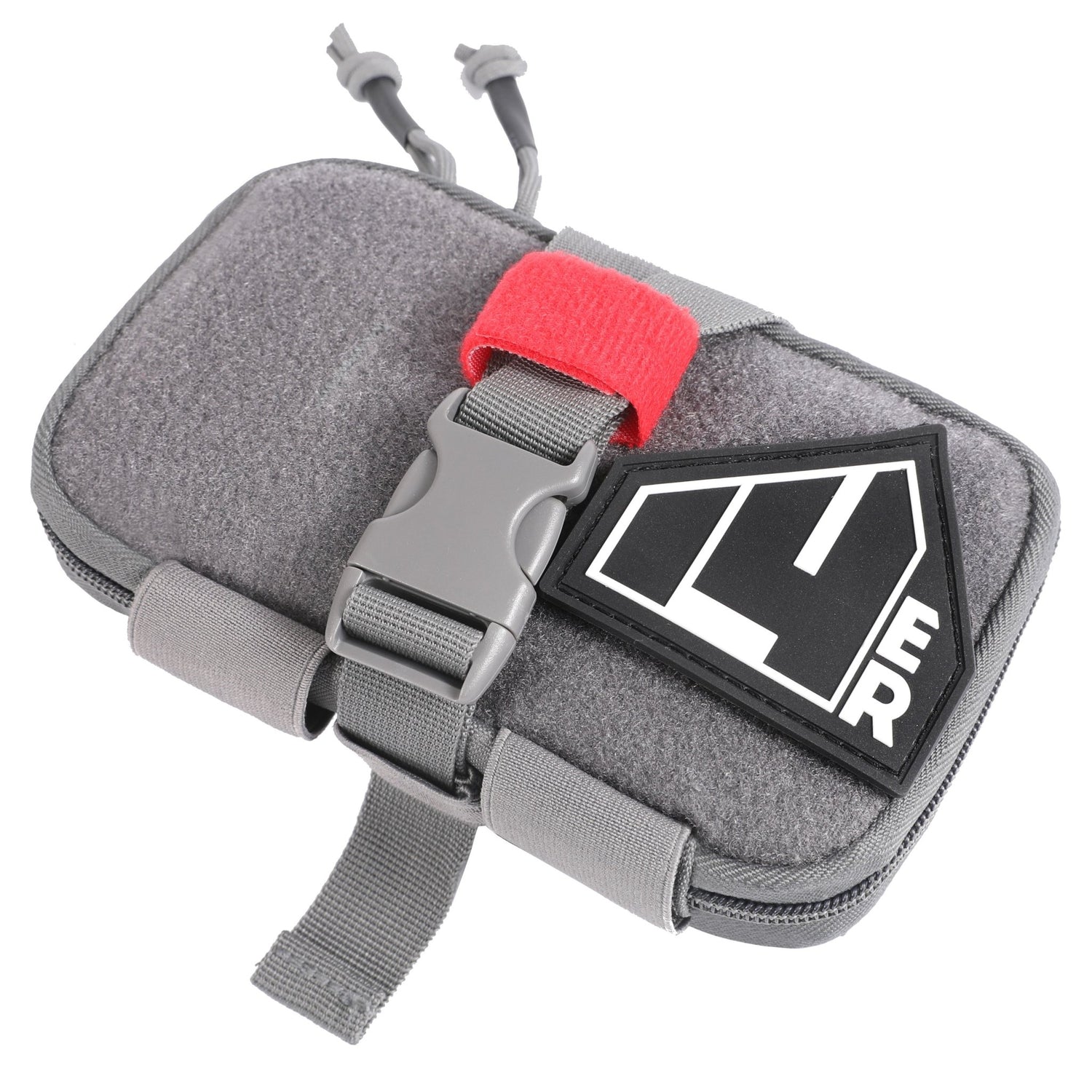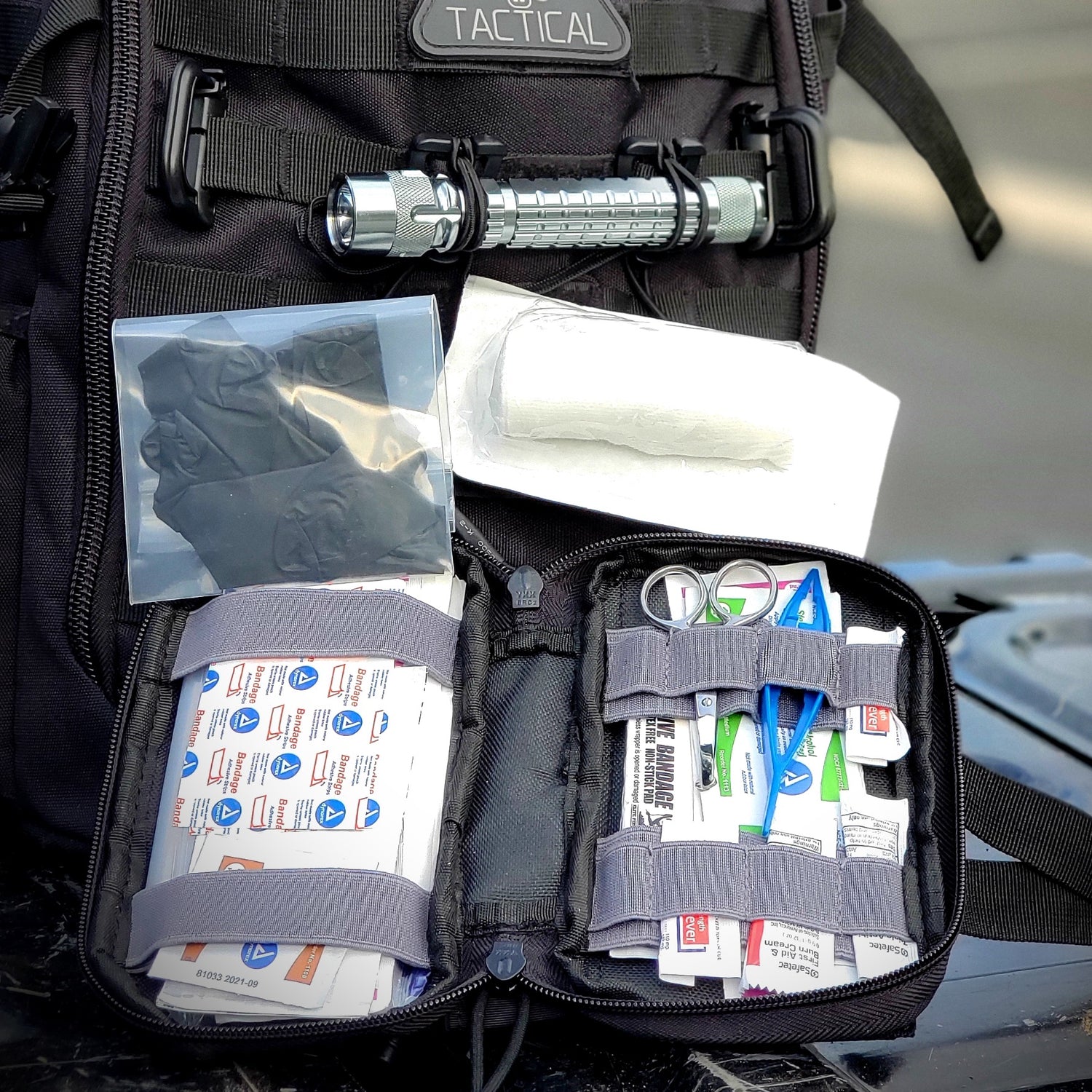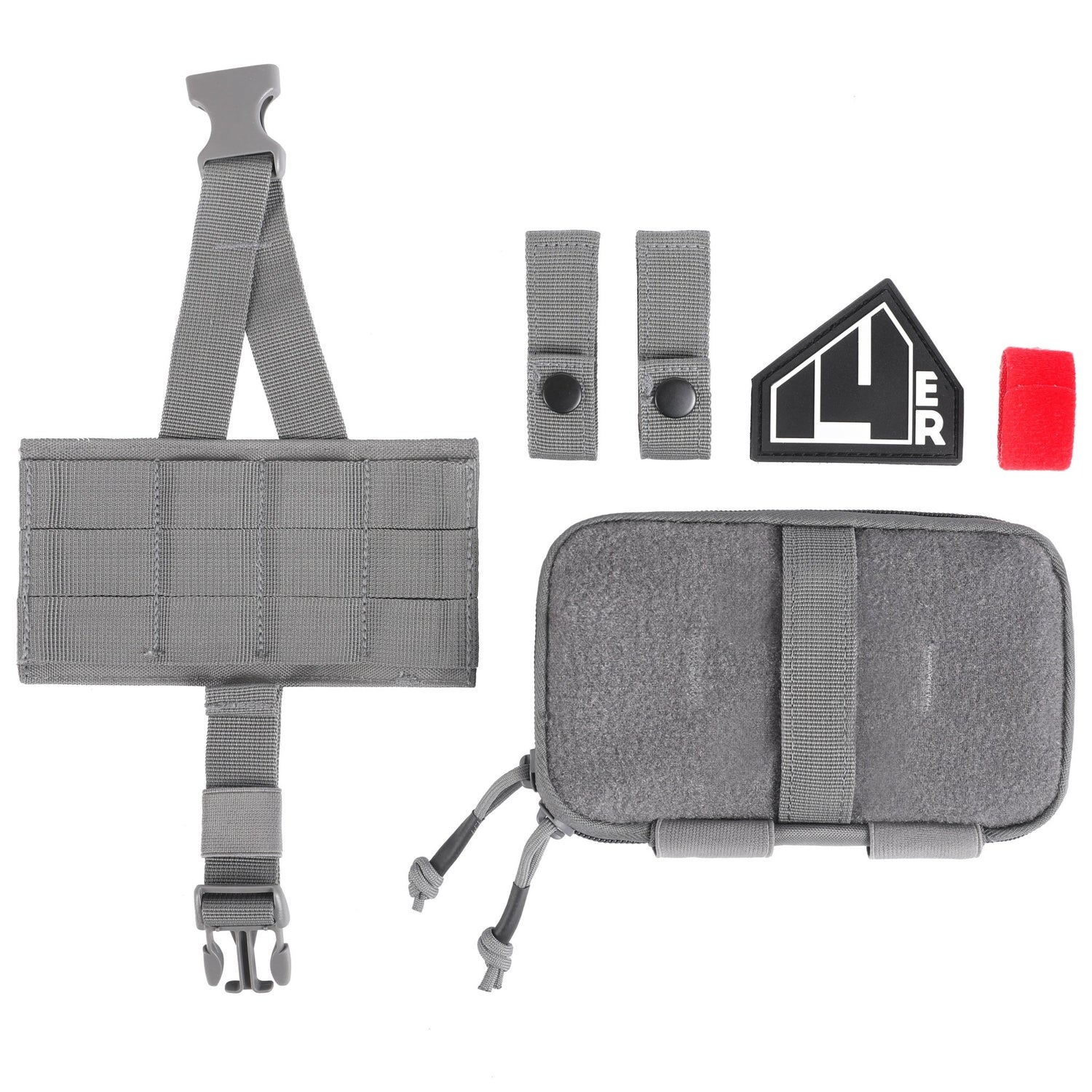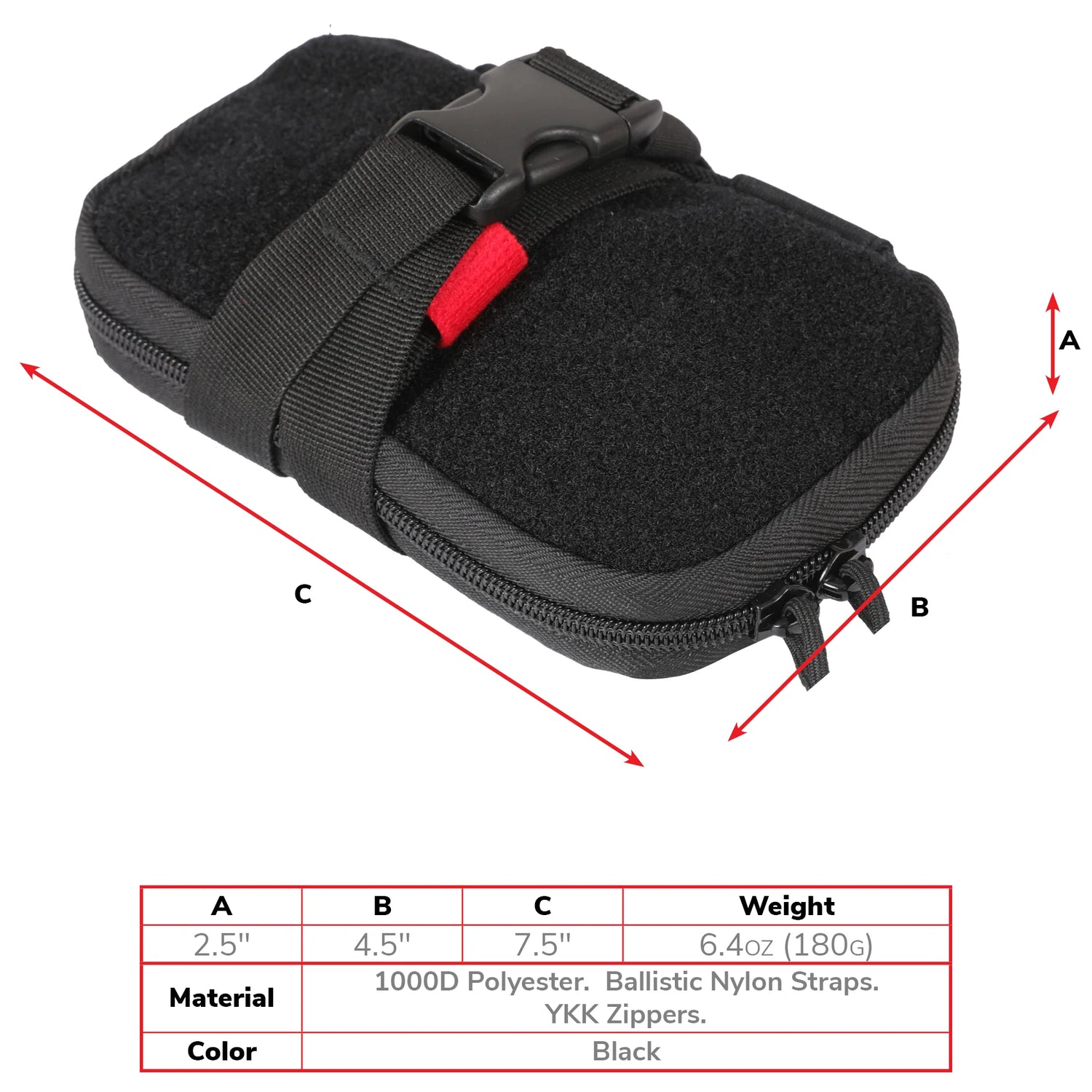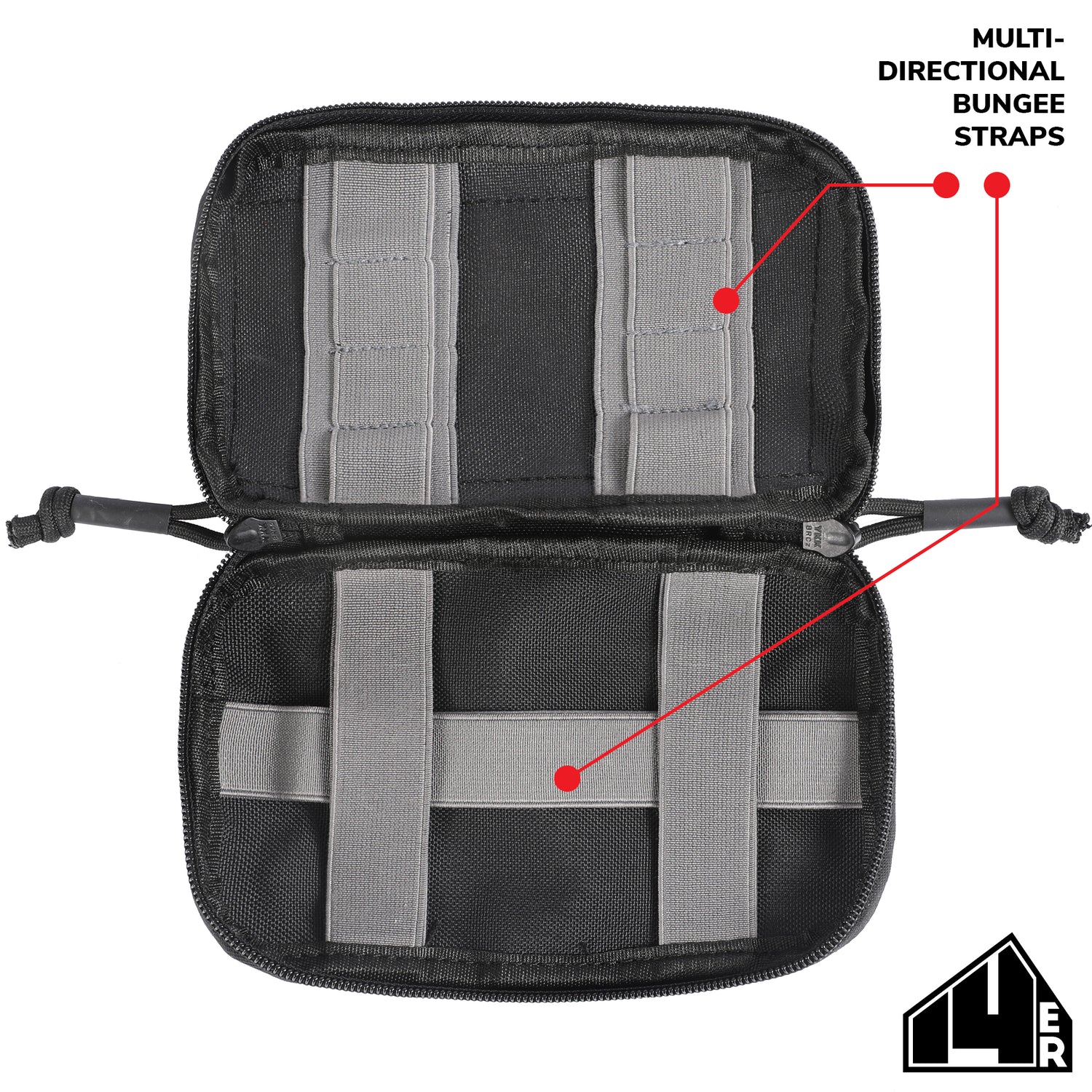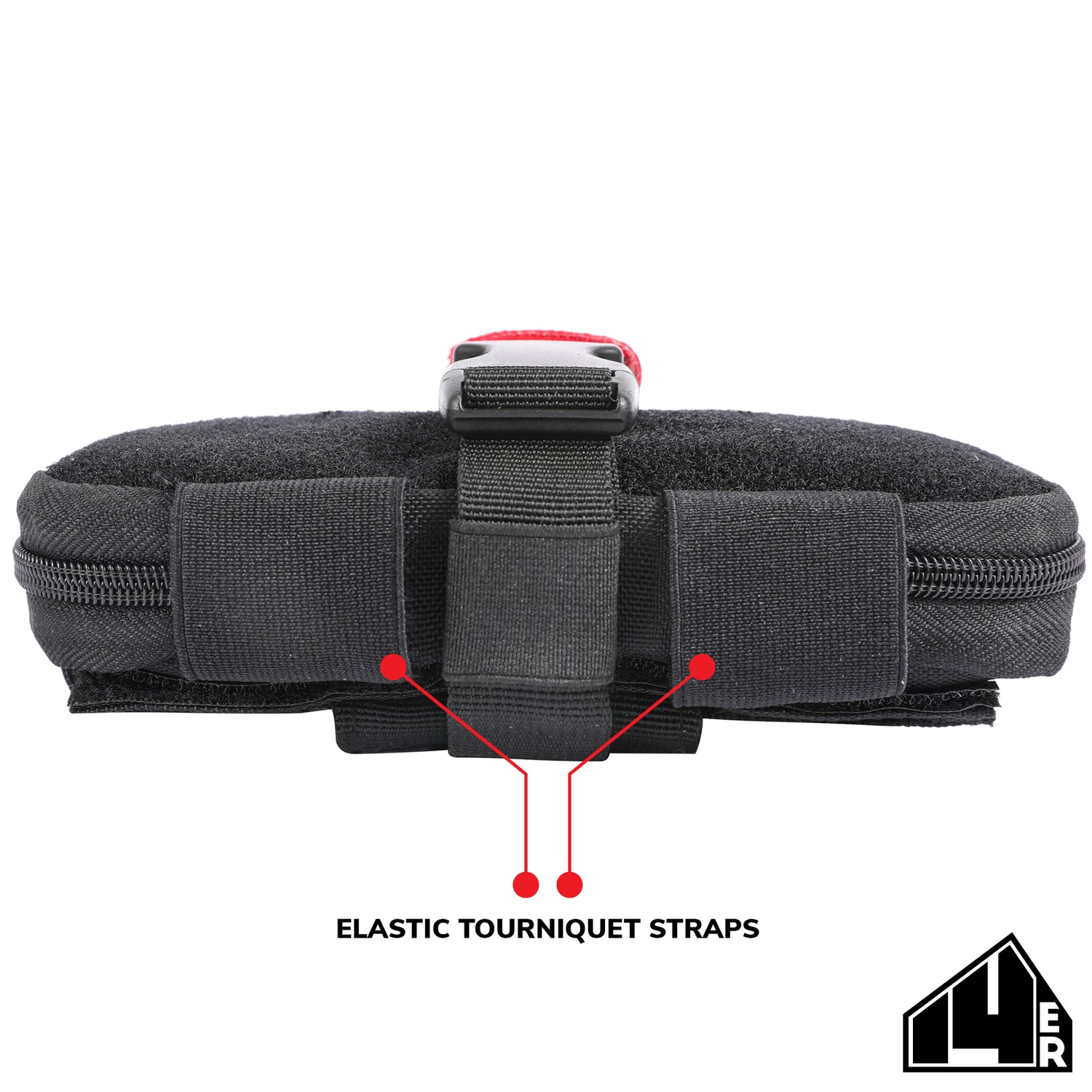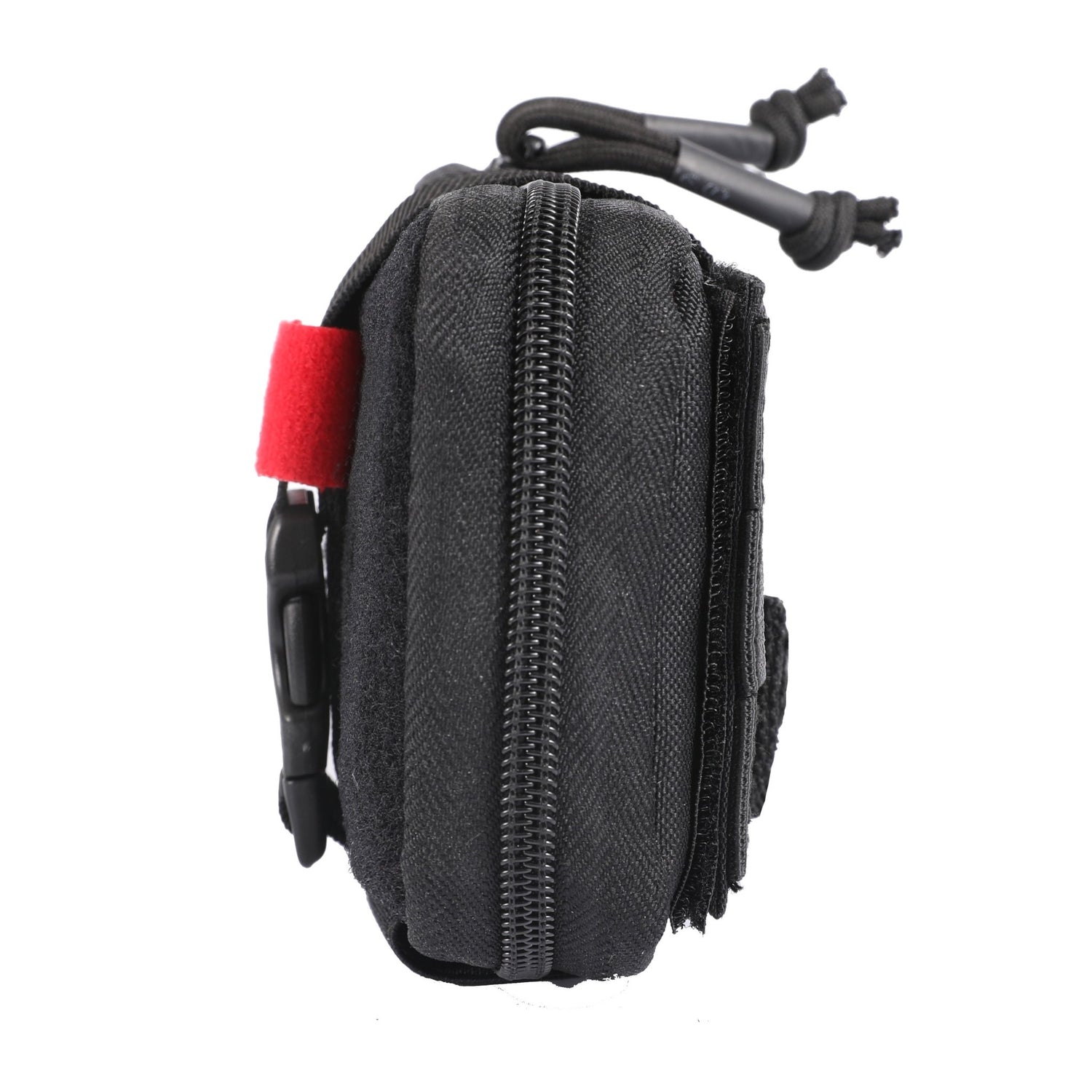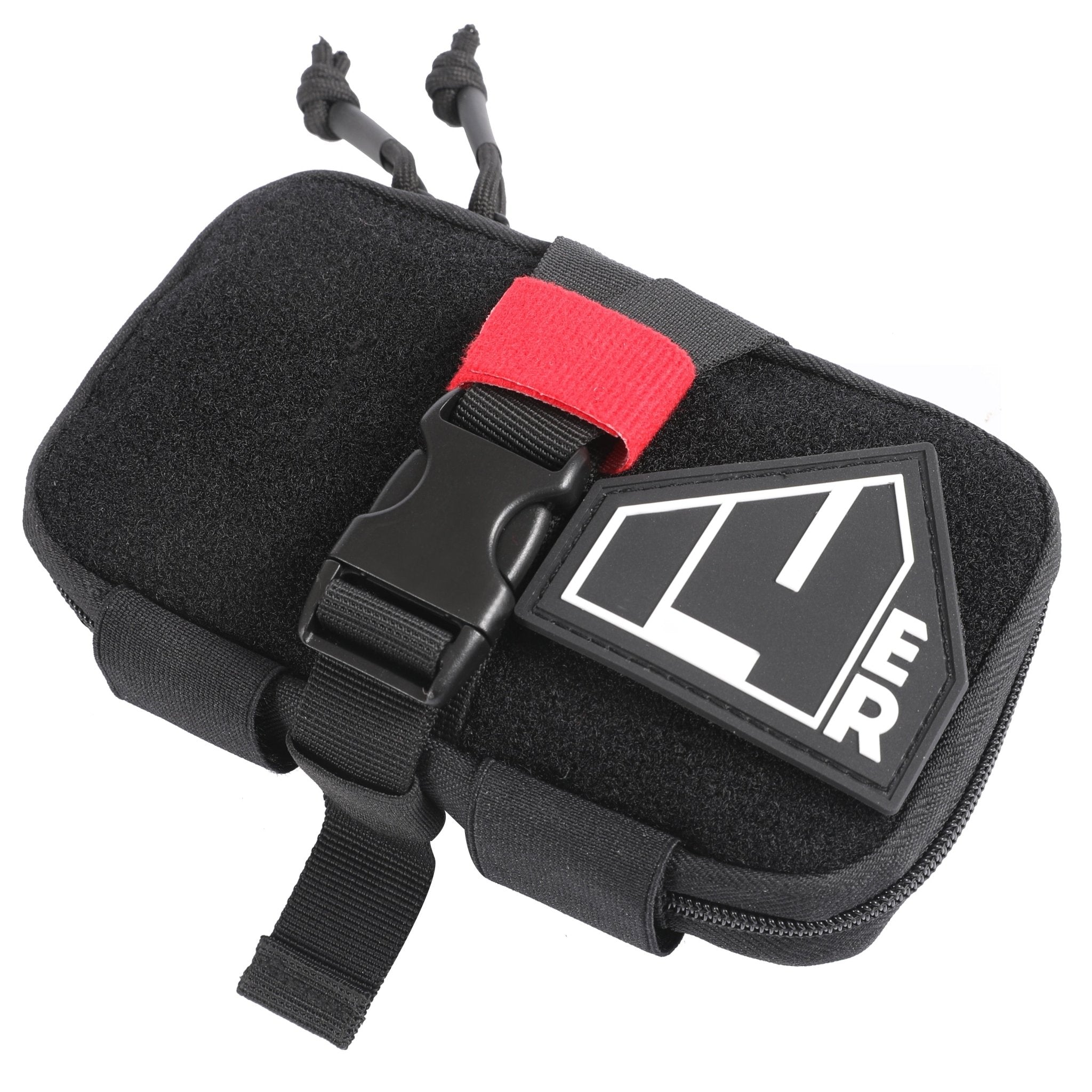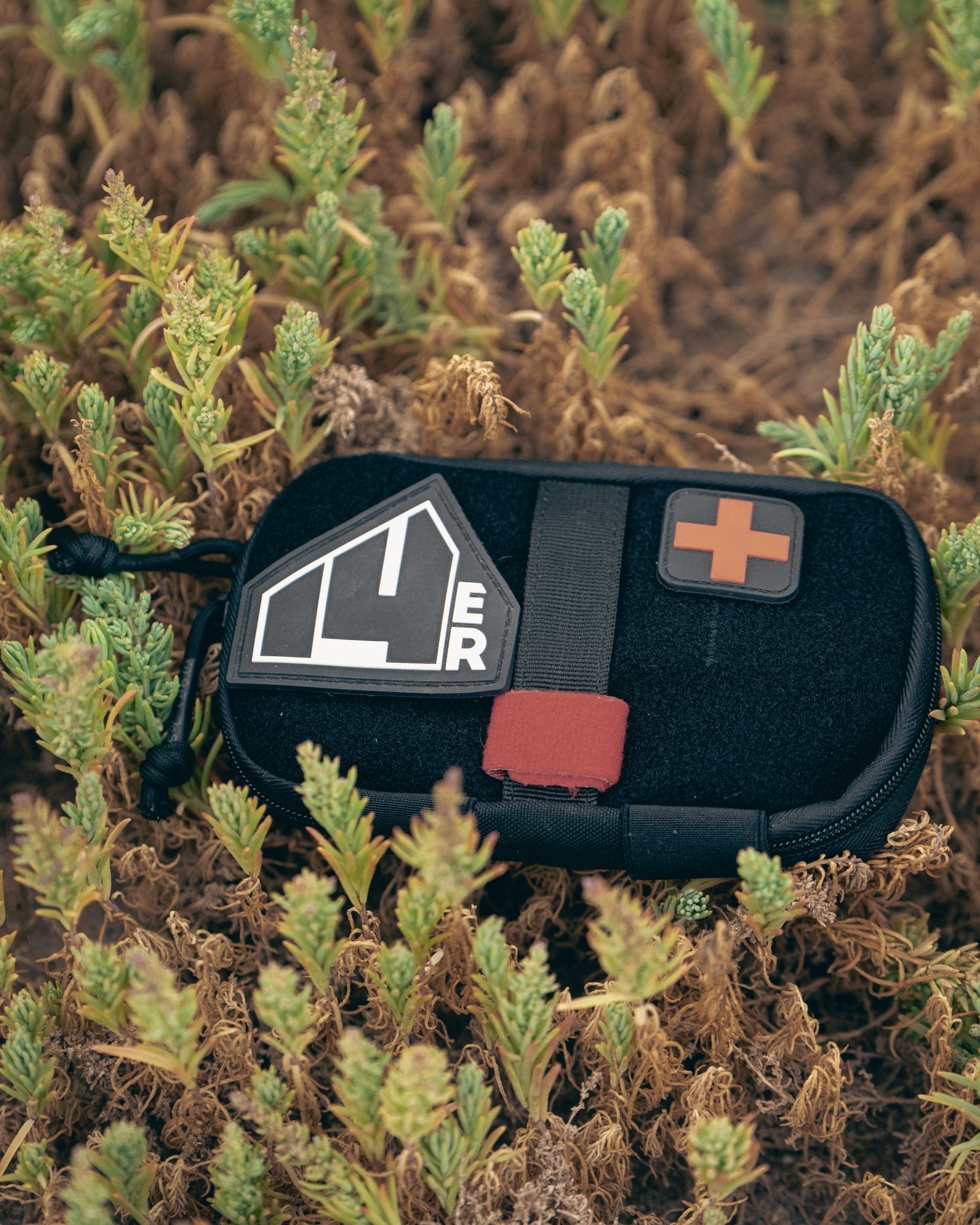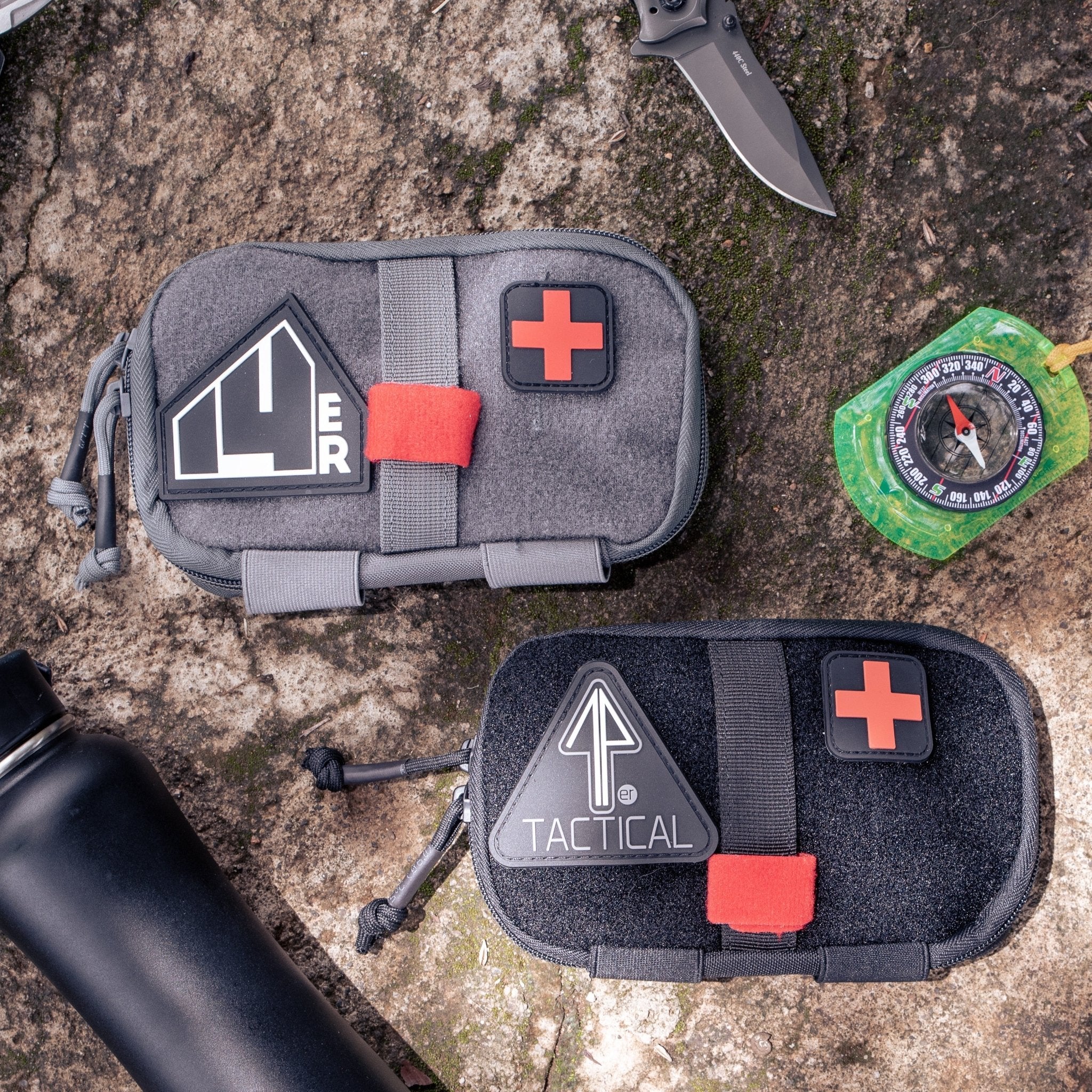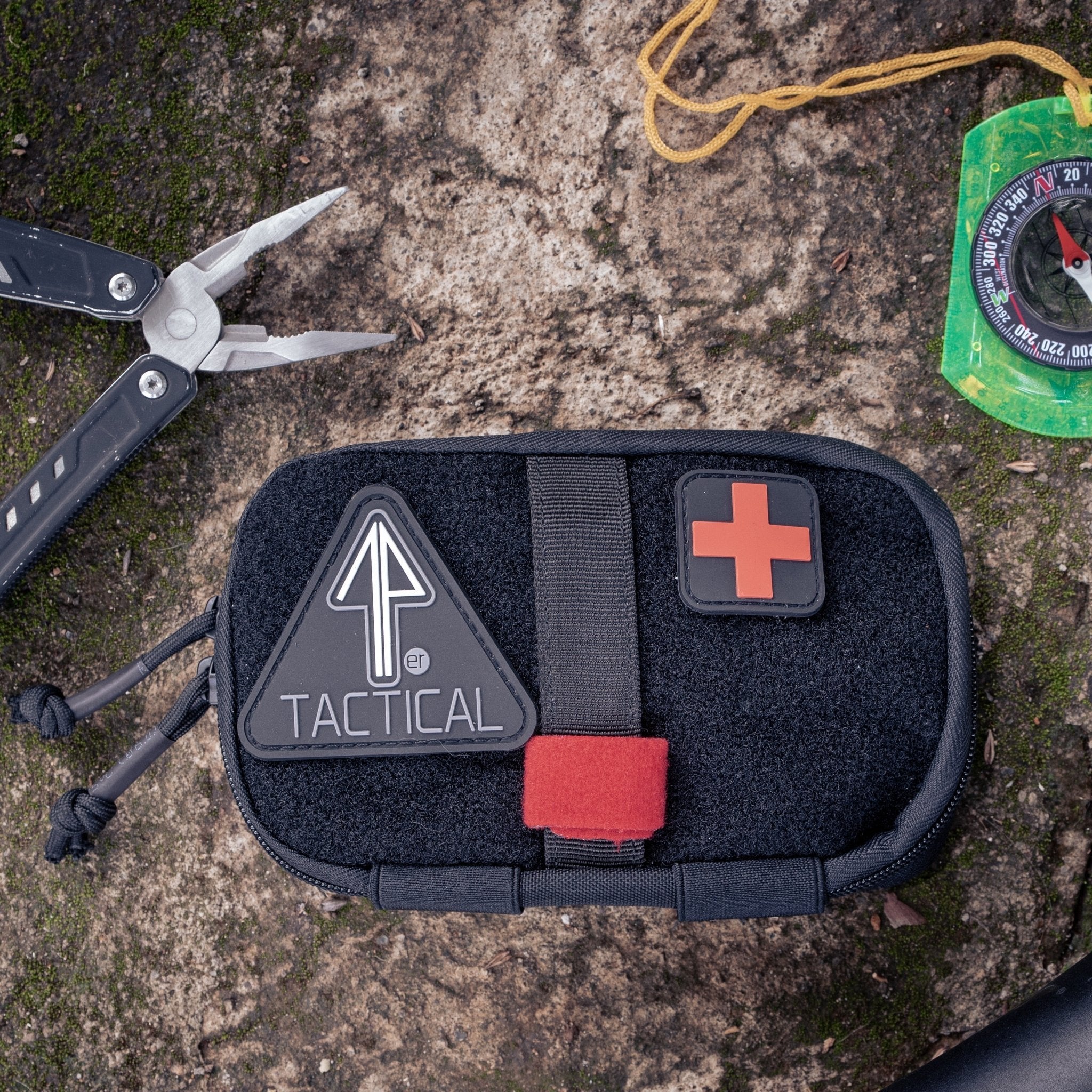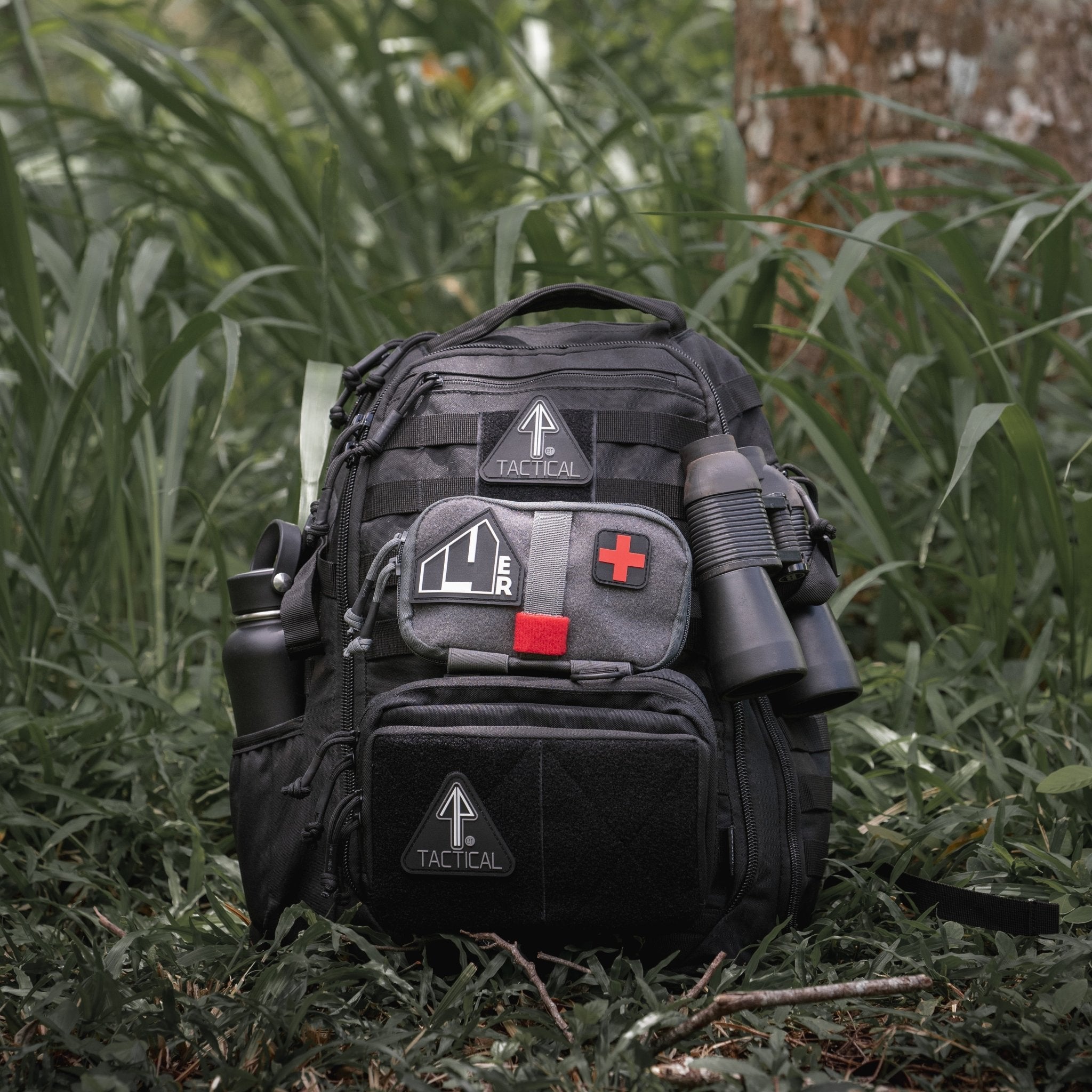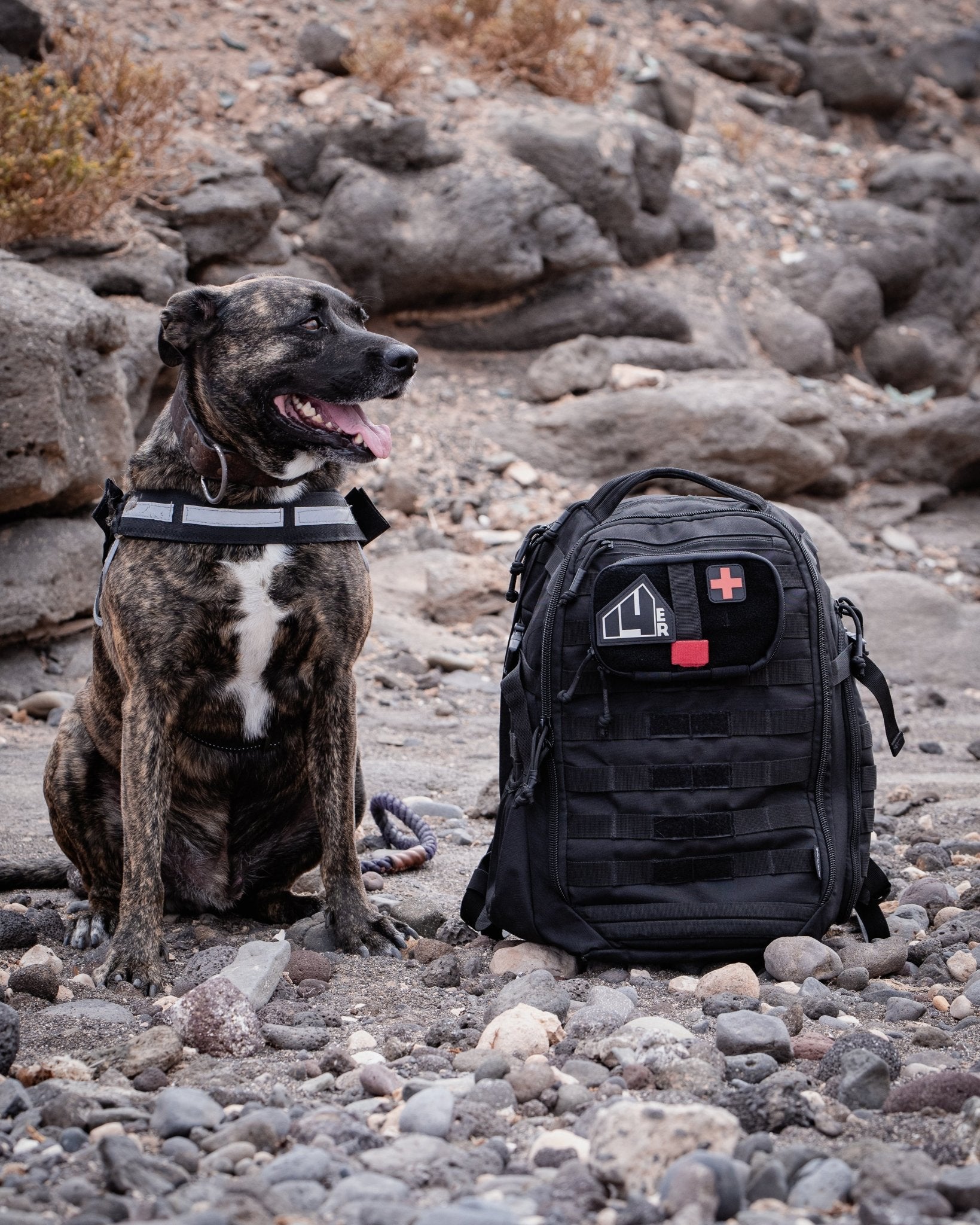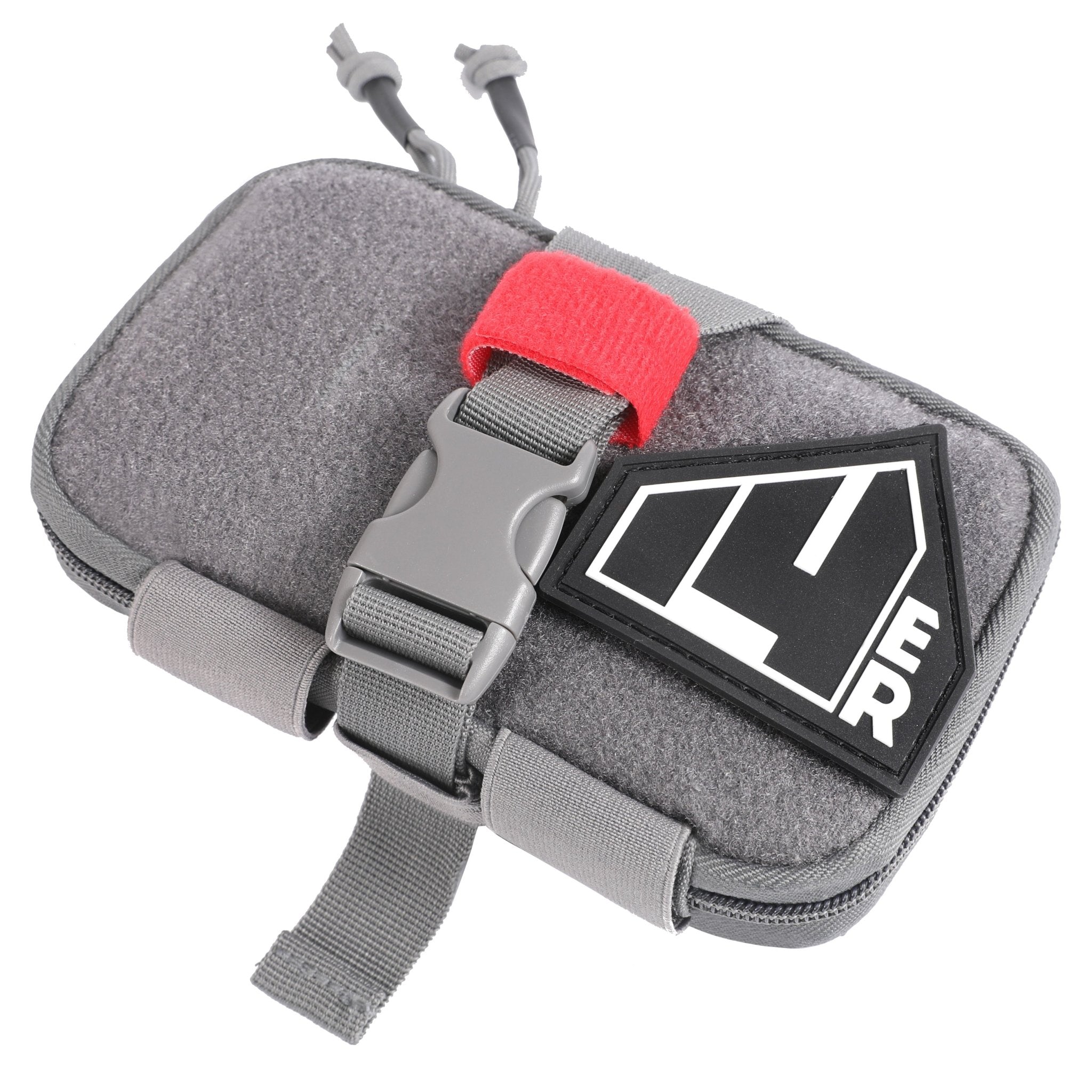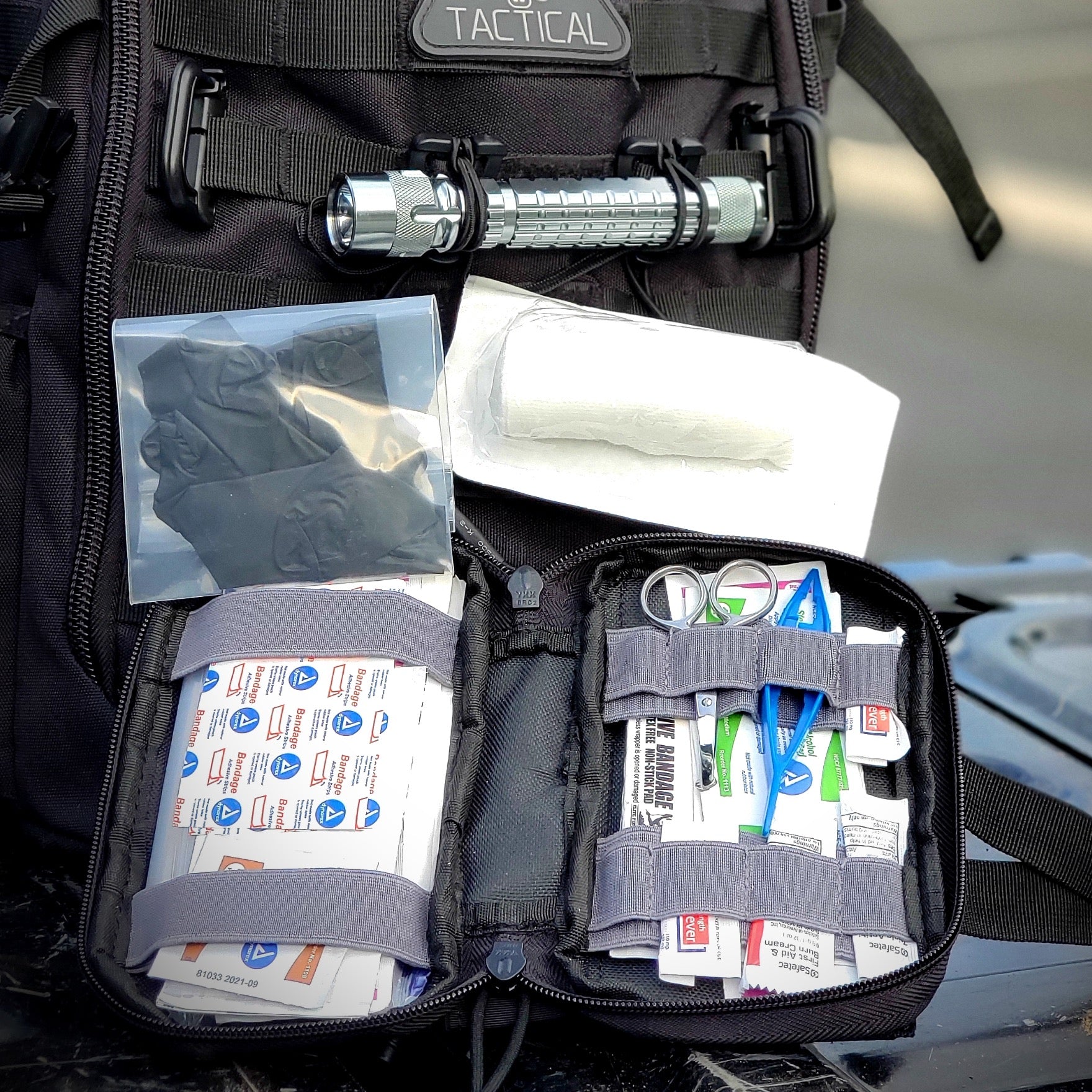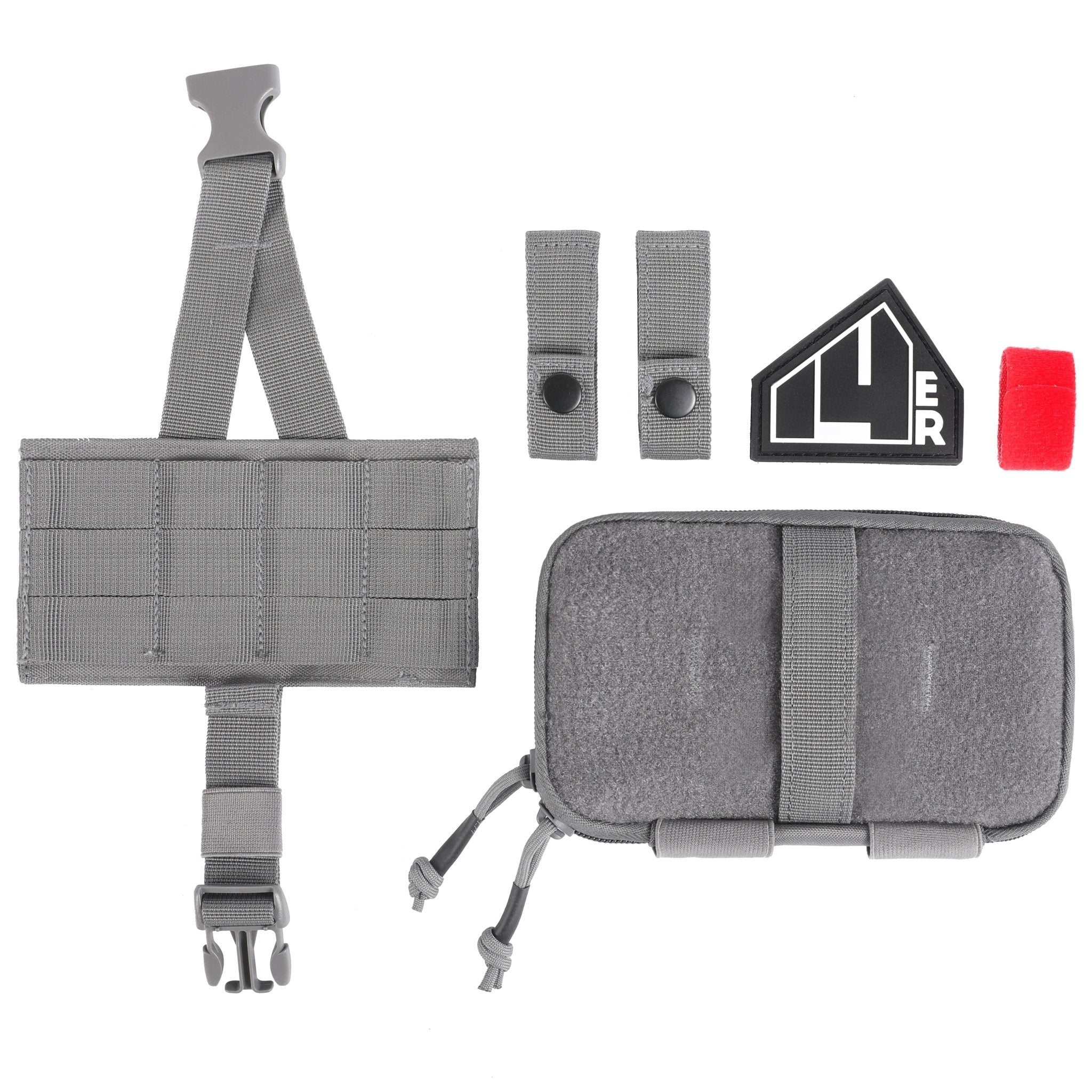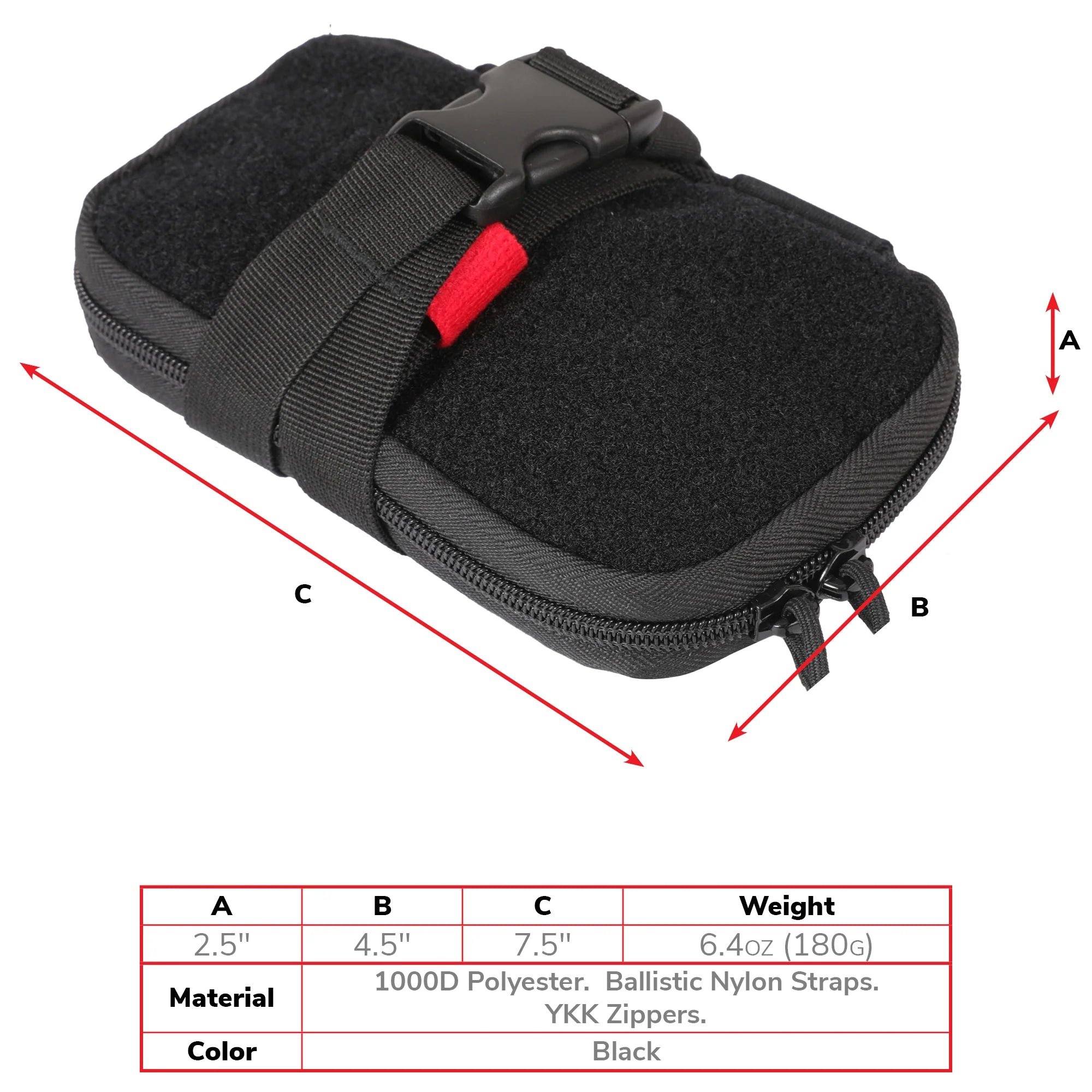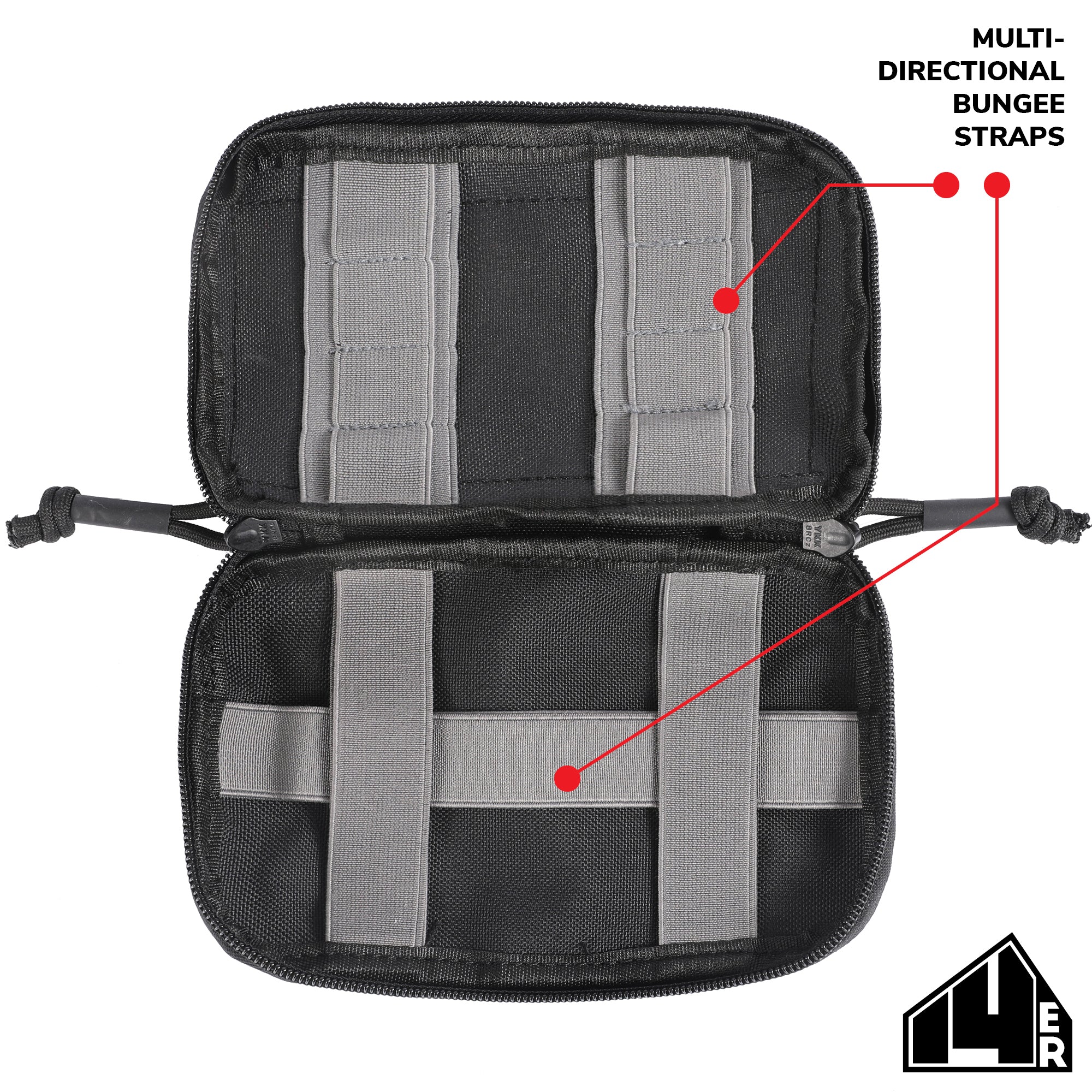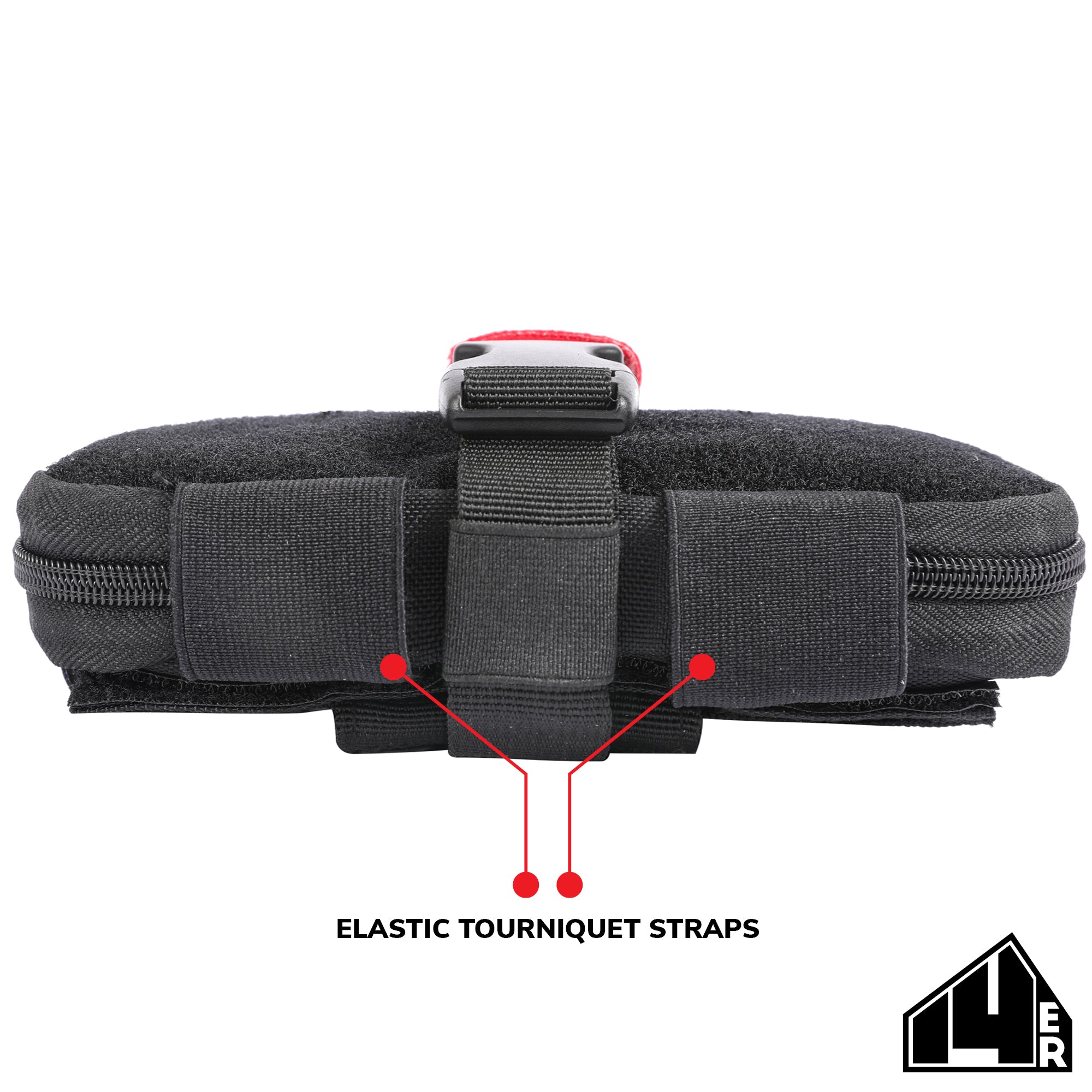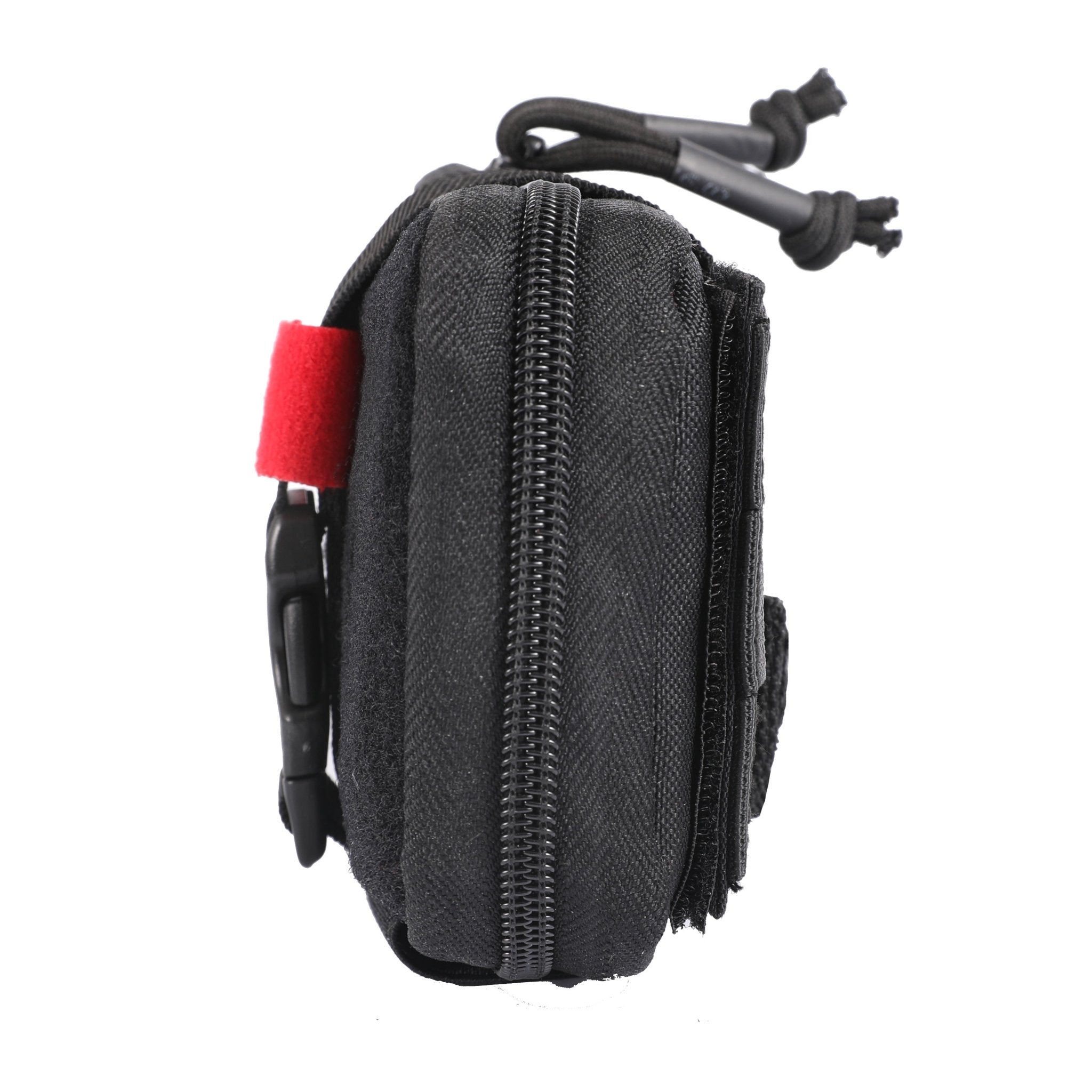In the world of firearms and weaponry, the term "tactical" is often used, but what does it really mean? To the uninitiated, it might conjure images of special forces operatives or high-stakes missions. However, the definition of a tactical weapon encompasses more than just its use in military or law enforcement scenarios. This blog post delves into the characteristics that define tactical weapons, their evolution, and their significance in both professional and civilian contexts.

The Evolution of Tactical Weapons
The concept of tactical weapons is not new; it has evolved alongside military and law enforcement strategies over centuries. Originally, the term was associated with weapons that offered strategic advantages in battle, such as faster reload times, better durability, or improved accuracy. Today, it encompasses a broader range of features designed to enhance the user's effectiveness and safety in specific situations.
Characteristics of Tactical Weapons
1. Modularity
One of the hallmark features of tactical weapons is modularity. This means the weapon can be easily customized with various attachments and components to suit different missions or preferences. For example, a tactical rifle might have rails for attaching sights, grips, flashlights, or laser targeting systems. This adaptability makes tactical weapons incredibly versatile, allowing for quick modifications based on the task at hand.
2. Reliability
Tactical weapons are designed to perform in the most demanding conditions. Reliability is paramount, as these weapons may be used in critical, life-threatening situations. They are engineered to function in extreme temperatures, dust, mud, and even when submerged in water. This reliability ensures that the weapon will fire when needed, without fail.
3. Ergonomics
Ergonomics play a significant role in the design of tactical weapons. They are crafted to be comfortable and intuitive to use, reducing user fatigue and increasing accuracy. Features like adjustable stocks, ambidextrous controls, and contoured grips are common. These ergonomic considerations help ensure that the weapon becomes an extension of the user, allowing for better control and efficiency.
4. Durability
Durability is another critical aspect. Tactical weapons are built with high-quality materials such as reinforced polymers and corrosion-resistant metals. They are designed to withstand heavy use and abuse, ensuring a long service life even under the harshest conditions.
5. Enhanced Performance
Tactical weapons often feature enhancements that improve performance, such as advanced sighting systems for better accuracy, higher caliber options for increased stopping power, and specialized ammunition compatibility. These performance enhancements make tactical weapons more effective for their intended use, whether it be for defense, law enforcement, or military operations.

The Role of Tactical Weapons in Civilian Use
While the term "tactical" may originate from military and law enforcement, its principles have found a place in civilian use as well. For civilians, tactical weapons offer enhanced safety, reliability, and customization for personal defense, competitive shooting, and recreational use. The adaptability of these weapons allows owners to tailor their firearms to their specific needs and preferences, making them a popular choice among gun enthusiasts.
Ethical Considerations and Responsibility
With the power and capabilities of tactical weapons comes a significant responsibility for their owners. It is crucial for individuals to undergo proper training and education on the safe handling, storage, and use of these weapons. Additionally, the ethical considerations of owning and potentially using such a weapon should not be taken lightly. Responsible ownership is paramount to ensure the safety of the individual and the community.
Tactical weapons are defined by their modularity, reliability, ergonomics, durability, and enhanced performance. These characteristics make them highly effective tools for professional use in military and law enforcement roles. However, their benefits are not limited to these fields alone; civilians also value tactical weapons for personal defense, competitive shooting, and recreational purposes.
The evolution of tactical weapons reflects ongoing advancements in technology and changing needs in both professional and civilian contexts. As these weapons continue to evolve, so too will their applications and the strategies for their use. Regardless of the setting, the importance of responsible ownership and ethical use remains constant. Understanding what makes a weapon tactical is just the beginning; appreciating the responsibility that comes with it is essential for all users, whether they are serving professionals or civilian enthusiasts.



